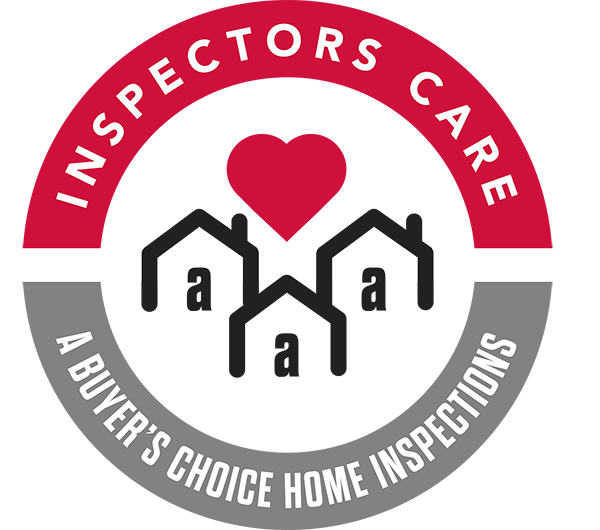Testing for radon in your home about every two years is a proactive measure to ensure that levels are safe and the health of your family won’t be compromised. Virtually every home in Canada and the US has some radon, but the levels vary from home to home even if they’re situated next door to one another.
Radon is an invisible and odourless radioactive gas that’s released from the ground thanks to radium (which comes from uranium). Build-up can occur in any home, regardless of age or how well it’s maintained, although higher levels are typically found in areas that have a higher concentration of uranium naturally occurring in the soil.
High levels of radon increase your risk of developing lung cancer. Almost 90% of lung cancer deaths are caused by smoking. Radon exposure is linked to approximately 16% of lung cancer deaths in Canada and is the second leading cause of lung cancer for smokers, says Health Canada.
Radon can build up over time to the point where it becomes a serious problem. Your home’s radon levels depend on three main factors: 1) The amount of uranium in the ground; 2) The number of entry points into your home; and 3) How well your home is ventilated.
Testing for radon
There are two common types of radon tests – a presence test and a more comprehensive 90-day test.
The presence test is the first step, as it will indicate if there’s a significant presence of radon based on a reading of the levels within the home. You’ll then know whether mediation is required. At this point, the next step is to run a 90-day test. You should take action if your radon level is higher than the Canadian Guideline of 200 Becquerels per metre cubed (Bq/m³).
And, of course, the higher the detected levels of radon, the quicker the issue needs attention.
Mitigating radon in your home

Radon levels in most homes can be reduced by more than 80% for about the same cost as other common home repairs such as replacing the furnace or air conditioner.
If radon levels in your home are above the Canadian guideline, Health Canada recommends that you hire a professional certified under the Canadian National Radon Proficiency Program (C-NRPP). Lowering radon levels in a home requires specific technical knowledge and skills to ensure the job is completed properly.
When selecting a radon reduction method for your home, your contractor will consider several things, including:
- Radon level in your home
- Costs of installation and system operation
- Size of the home and its foundation type
The effectiveness of any one radon-reduction method will depend on the unique characteristics of your home, the level of radon, how it’s getting into your house and how thoroughly the job is done. A single method may work, but sometimes a combination of several methods must be used.
A radon professional will likely perform one or more diagnostic tests to help determine the best radon-reduction system for your home. For example, your contractor may use chemical smoke to see the air flow sources and radon entry points by watching a small amount of smoke that has been placed into holes, drains, sumps or along cracks. Another type of diagnostic test is a Pressure Field Extension Test (or communication test). This test uses a vacuum cleaner to measure how easily air can move from one point to another under the foundation and estimate the number of suction points and fan size needed for an active radon-reduction system.
Mitigation options include:
- Sub-slab depressurization is the most effective and reliable radon reduction technique (also called active soil depressurization). This involves installing a pipe through the foundation floor slab and attaching a fan that runs continuously to draw the radon gas from below the home and release it outdoors, where it’s quickly diluted. This system also reverses the air pressure difference between the house and soil, reducing the amount of radon that’s drawn into the home through the foundation.
- Drainage system depressurization – Some homes have drain tiles or perforated pipe to direct water away from the foundation of the home. Suction on these tiles or pipes can be effective in reducing radon levels, especially for a block wall foundation. This method is worth considering if it’s certain the tile forms a complete loop around the foundation. This type of system will be less effective if only a small area of the basement perimeter is covered.
- Active sub-membrane depressurization can be used to vent soil in homes with a crawlspace. This involves laying a thick plastic sheet (often a polyethylene membrane) over the soil, sealing the air-tight membrane to the foundation walls and placing a pipe with a fan through it to draw the radon from under the plastic sheet and vent it outdoors.
- Sealing major entry routes such as open sumps, floor drains and voids in concrete block walls.
- Increasing mechanical ventilation in the home. A heat recovery ventilator (HRV) or energy recovery ventilator (ERV) can be installed to increase ventilation, which will help reduce the radon levels in your home. An HRV increases ventilation by introducing outdoor air as it uses the heated or cooled air being exhausted to warm or cool the incoming air. The effectiveness of ventilation for radon reduction is limited and only appropriate for situations where only modest reductions are needed.
Find an Inspector near you: https://abuyerschoice.com/locations








